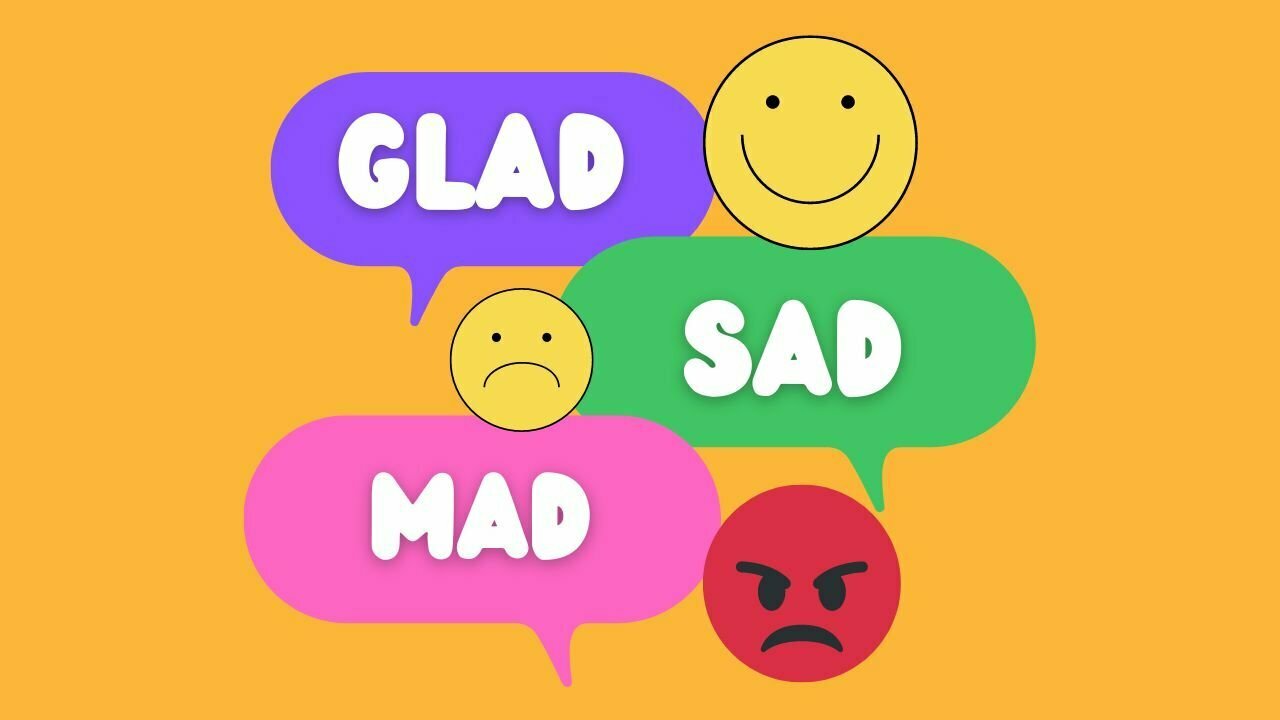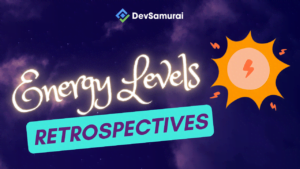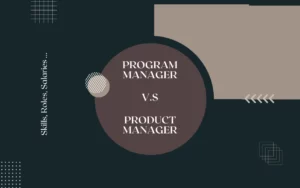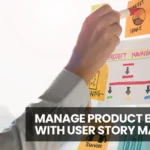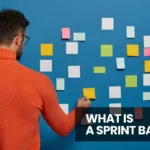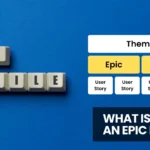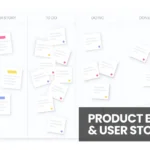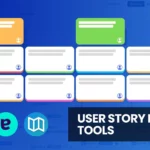Table of Contents
Improve Team Morale with the Mad Sad Glad Retrospectives
Emotional well-being significantly affects how well a team works, accomplishes tasks and engages with the project. Naturally, project management wants the best for their team. They want their team members to be upbeat, excited, and engaged. However, creating the safe, open atmosphere necessary for positive emotions and high morale to flourish is challenging. It is even more complicated when all meetings focus solely on work. When in doubt, try the Mad Sad Glad retrospective. The template will encourage healthy dynamics, highlight different perspectives, showcase what inspires and motivates your team members, and call attention to pain points. Learn about the Mad Sad Glad template, its format, how it can help your team and tips for using it below.
What Is Mad Sad Glad?
Mad Sad Glad is an effective way to learn how your team members feel about specific events experienced in the last work sprint. Each team member will be able to reflect on processes that brought them joy, unhappiness, or anger for various reasons.
Regarding retrospectives, the Mad Sad Glad template is a unique way to evaluate tasks, activities, meetings, and sprints. It allows management to pinpoint which elements are working for their team and which aspects are working against their team. Additionally, it will enable the team to vent their emotions rather than bottle them up inside or express them in unhealthy ways.
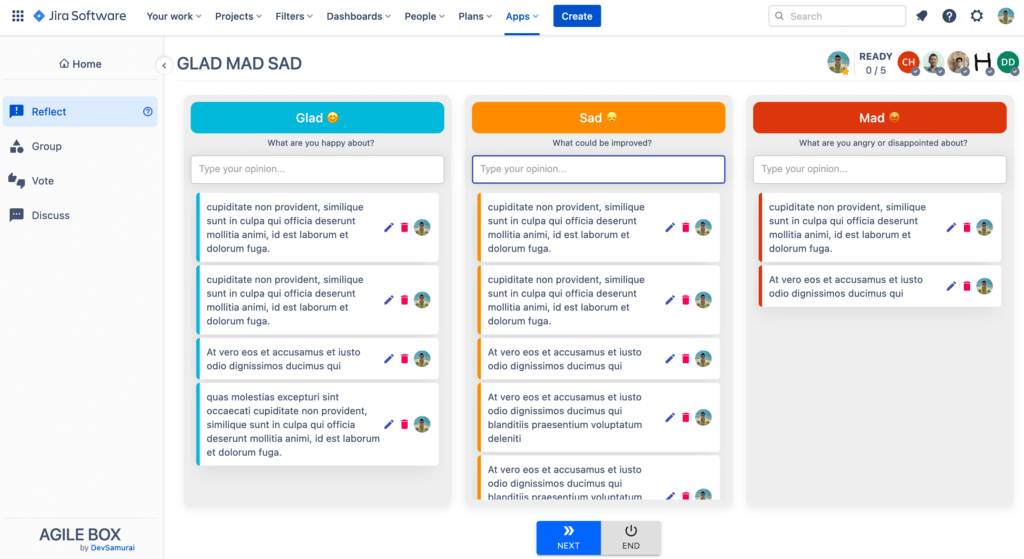
AgileBox Retrospectives – Glad Mad Sad
What Is the Mad Sad Glad Format?
This template focuses on feelings and channels those emotions into three distinct categories for easy evaluation and discussion. Let’s take a look at those three labels:
Mad
Team members place any activities that stir up frustration or anger in the Mad category. This pile is for any points during the last sprint that made workers feel crazy, annoyed, irritated, stressed, or enraged. When these events occur, they can create roadblocks in team member relationships and work success. Even if the tasks were completed well and on time, resentment can bottle up and lead to problems. Project owners and managers may wish to improve or eliminate these activities. Additionally, workers may feel a sense of relief when they can express how certain things made them feel in a safe atmosphere.
Example: It makes me angry that our daily meetings never start on time. My lousy mood affects my entire work day afterward.
Sad
The Sad category refers to any activities that made team members sad, disappointed, miserable, pessimistic, despondent, or discouraged. While these tasks may not be inherently bad, they slow or arrest productivity. Low spirits have a tendency to progress into further tasks or sprints, hindering the project long-term. Management should consider improving or limiting these events. Team members may gain a sense of connection when they are able to share with their team.
Example: I have a high number of support tickets daily over the same issue. It disappoints me that the cause is never resolved.
Glad
The Glad label is for any activities that create positivity for the individual or group. The pile calls attention to events that make workers feel happy, excited, passionate, accomplished, or fulfilled. Management can look to this pile for inspiration when improving events in the Mad or Sad categories. Workers may also feel a sense of pride when they place items in this pile, and it may renew a sense of optimism.
Example: It makes me happy that my group received positive feedback from management this week.
How Can Mad Sad Glad Help Your Team?
The Mad Sad Glad retrospective can be exceptionally helpful for teams, especially teams experiencing low morale, chaotic dynamics, or poor teamwork. The template is particularly beneficial for:
- Engaging Work-Oriented Minds: The majority of workers have a work-oriented mindset or work-discipline perspective. Although they may feel certain ways, they are not likely to bring it up with management. Since this is the case, feelings will fester and bottle up, leading to problems with other team members or the work at hand. This template guides thinking about emotions and how they factor into work.
- Reaching Isolated or Reserved Individuals: Many individuals have trouble discussing their emotions. The Mad Sad Glad retrospective provides everyone on the team with an opportunity to express feelings.
- Developing a Safe Environment: A significant reason individuals have trouble coming forward about complex subjects is fear. This template helps create an open and safe atmosphere where no one is accused, blamed, or judged.
- Showcasing Different Perspectives: In some cases, people are trapped in their own mindset. Mad Sad Glad allows people to see experiences from other points of view, and garner value from those perspectives.
- Raising Team Morale: Workers will feel more connected with each other and their work with this retrospective. It will help create and foster a positive working environment over time.
- Smoothing Transitions: If the team is undergoing some changes, whether with onboarding new technology or new team members, consider running this retrospective. It will help identify what needs closer attention.
Tips for Using the Mad Sad Glad Retrospective
Management may be used to running retrospectives that cater to the content or ordering of work. This template is very different, as it focuses on how team members feel about work or related events. Accordingly, project owners or managers may appreciate these top tips for following the Mad Sad Glad retrospective:
- Run After Challenging Experiences: If your team is having a particularly difficult time or experiencing major changes affecting team dynamics or processes, it is a good idea to run the Mad Sad Glad retrospective.
- Consider Running Regularly: If you wish to create an open and safe work environment, consider running this template on a regular basis.
- Give Individuals Reflection Time: As it is a different type of retrospective, it is natural that individuals will need time to think about their responses. Give your team private time to think about their answers.
- Give Anonymity: If the work environment is less than ideal, or it is the first few instances of running this retrospective, give your team members anonymity. After you have created an excellent foundation for respectful discussions, consider introducing non-anonymity.
- Do Not Discuss Solutions: The goal of the meeting should be to share feelings and discuss experiences, rather than to solve problems. Management may see potential solutions in the piles but should refrain from discussing those fixes with the team during this retrospective.
Next time we will discuss about SWOT template

